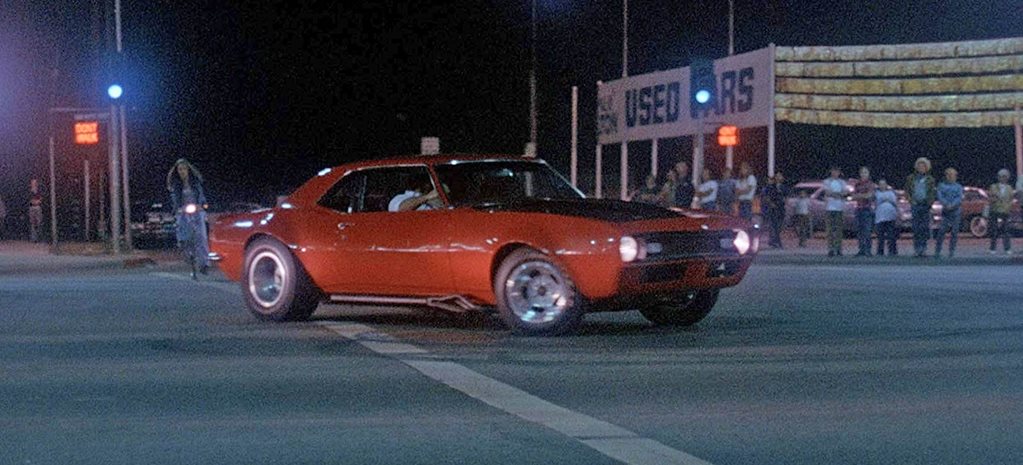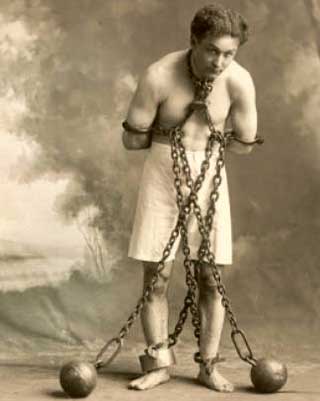"They pass by the bridge and me"
Elegba
A professor of neuroscience at Rockefeller University, Bruce McEwen investigates how stress affects the mind and brain. TIME spoke with him recently about stress and health.
What are some common misconceptions about stress?
I’ll start with several pet peeves: that all stress is bad for you and that cortisol
[a stress hormone] is bad for you because it’s easy to measure as a marker of stress. These stress systems were put there to help the body adapt and survive. They have a good side and a bad side.
That’s the essence of
[what I have labelled] allostatic load: these systems, which help us adapt and survive can also cause problems when they are overused.
[That idea] gets away from the use of the word stress, but when we talk about stress, there’s good stress and toxic stress.
What is good stress?
Good stress is rising to a challenge, feeling exhilarated when your body and brain are working properly to help you do so.
And toxic stress?
It’s intolerable stress. When you lose your job and you’ve got friends and enough material and social support, you can weather it and come out strong.
[But] toxic stress is where bad things happen, perhaps because you don’t have the inner or external resources
[needed to cope] and perhaps because you have had early life adversity, which makes you more vulnerable to adverse outcomes.
On the other hand, don’t many of the people who have difficult childhood experiences remain resilient and able to cope with stress?
It’s very important to separate that out. You’ve got the family, the caregiver and child relationship, which, if it’s consistent over time and doesn’t involve lots of up-down swings toward the kid and there is stability within the family, even in bad external environments, children can do well.
It’s amazing that children do find brothers, sisters, aunts, uncles, neighbours to find steady guidance.
[Even] among kids who have not, there are these examples of kids who manage to survive.
Laurence Fishburne
Matrix Reloaded [2003]
So what increases the risk for problems like post traumatic stress disorder (PTSD)?
One of the greatest risk factors is often, as a result of early life adversity,
[that] a child develops low self esteem and doesn’t have the ability to control
[his stress response]. Vulnerability to problems like substance abuse and PTSD or depression comes with
[adverse childhood experiences] but it doesn’t happen in everybody and we have to acknowledge that there are genes and variations that confer increased or decreased risk for this kind of outcome.
But it’s not just a matter of whether certain genetic mutations are present or not. The effects of some genes seem to depend on the environment in which children are raised. So, for example, these genes may make people smarter or kinder if they are activated in a good environment, while they might increase the risk of problems like depression or aggression if they are present in a chaotic one.
That’s the whole area of risk-reactive alleles or variants of genes that are risky
[in some situations] but in a nurturing environment lead to better than average outcomes. They have been called
orchid and dandelion genes.
Sidney Poitier
Lilies of the Field [1963]
The orchid and dandelion idea seems to suggest that some people’s talents or best qualities are forever lost if they have the wrong childhood: is that really the case or can they recover later?
That’s where you come into the area of plasticity, that’s newly recognized. It seems likely
[that they can recover] and there is some evidence that the reactivity of those alleles not only determines the outcome in good or bad
[early] environments but also confers greater ability for plasticity later if you can find the right intervention.
Can exercise also promote the growth of new brain cells and connections between cells?
The poster child of the ability to change the brain is work on exercise. If you take sedentary people in their 60s and they start to walk an hour a day, five days a week, the hippocampus gets larger.
Mindfulness-based stress programs can also cause
[these kinds of] brain changes.
Esther Anderson & Sidney Poitier
A Warm December [1973]
Whether he was playing a student or a teacher, a policeman or a prisoner, a polished professional or a desperate working man, a jazz musician or handyman or doctor, Sidney Poitier, a man of Caribbean heritage, was the image and sound of African-American intellect and pride.
Of course, not all social contact is beneficial, such as the toxic stress that can come from being on the bottom of a social hierarchy.
That can be seen in studies on baboons. The subordinate animal is continually watching and can be attacked from anywhere. The dominant has to watch for a few enemies, but generally has it under control. The subordinate has the posture of low self esteem.
In human terms, the whole idea is that, well, this is why there is a subjective socioeconomic status (SES) ladder. It’s people’s perception of where they stand that is a predictor of health outcomes.
The lower you are, the more resentment there is and it’s that perception that drives things like a sense of autonomy and other factors
[that can determine your response to stress]. It’s also history: people in lower SES groups are more likely to have had adverse childhood experiences and are living in
[lousy] neighbourhoods where there is not access to good food, no safe places to exercise and there’s chaos and noise all the time. It’s a vicious cycle.
But it’s where you perceive yourself that matters. The brain is the key because it perceives and decides what is stressful in the traditional sense of the word and regulates behaviour and physiology.
There are buffering factors.
[For example] a person may be a janitor but is the deacon of his church and has a wonderful family, and that buffers
[the effect]. And perception is as good
[a measure] as objective SES.
Sidney Poitier
To Sir, With Love [1967]
So what else can we do to fight toxic stress?
Many of the obvious things we’ve talked about. Be physically active, get a good diet,
[get] adequate sleep,
[create] social support, have a good hobby, meditate. All of these things really are common sense and now we know they do have the benefits of improving our brain architecture.
I think that’s the bottom line. But the bigger question has to do with the social environment we live in, which is determined by the policies we set and politics. The pressure is on us for, ‘faster, faster, faster.’ They’re all working against what our bodies were intended to do. Spend more, do more, faster: that just doesn’t work.
Interview sourced from Healthland
"Papa"
Dr. Edward R. Braithwaite
[1920 -
Ricky's autobiography To Sir, With Love was published in 1959
Further Reading

















